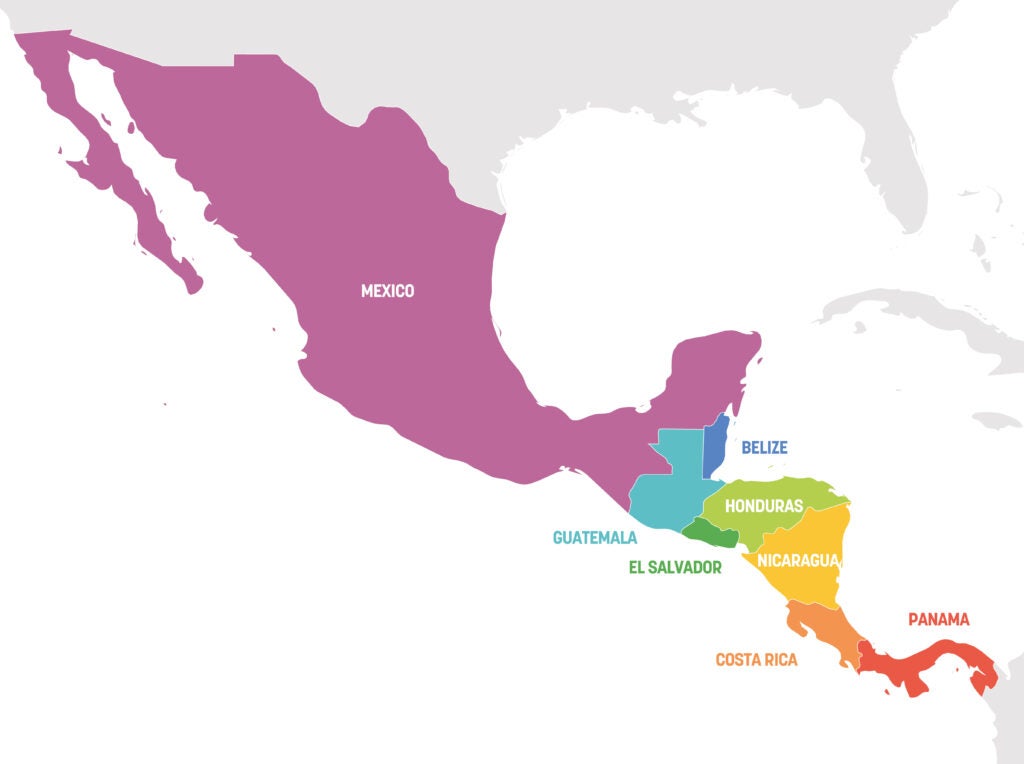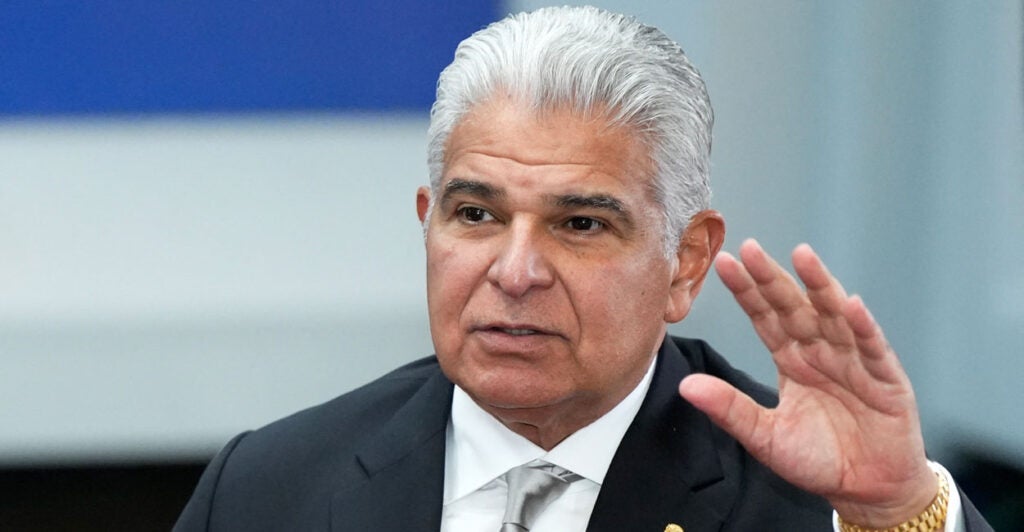Immigration is a top issue for voters. Unfortunately, the real picture is obscured by several zombie lies—false narratives that are kept alive for political value.
One is that the terrible “bipartisan” Lankford-Sinema Senate immigration bill that failed earlier this year would have done more good than harm. Another is that there is any serious “vetting” done on most illegal aliens released and paroled in the United States—as the Department of Homeland Security had to recently admit regarding an Afghan who plotted an Election Day terrorist attack in the U.S.
But the mother of all zombie lies is that mysterious “root causes” in the world (poverty, weak governments, crime, etc.) are responsible for the record flows of inadmissible aliens to our southern border rather than the loud and clear come-one, come-all message from the Biden administration.
The convenient corollary to the “root causes” canard is that there is nothing the U.S. can do to stem the flow of illegal migrants to our southern border. Far from it. Look at the map: Mexico’s border with the U.S. is 1,800 miles long. But its border with Guatemala is just 541 miles long, and with Belize, it’s only 160 miles long.
Before Mexico, Guatemala is the major gateway through which South and Central Americans must travel to get to the United States. The U.S. has huge leverage with Guatemala, from billions of dollars in remittances their people in the U.S. send back home to family, to trade, to aid.

Convincing Guatemala to tighten its borders with El Salvador and Honduras would reduce the flow of people coming to America from not only those two nations but also from Nicaragua, whose dictator, Daniel Ortega, is letting people from all over the world fly into his country without visas, well aware they are merely stopping there on their way to the U.S. A hardened Guatemalan border would also reduce incentives for people to cross the Darién Gap.
The Darién Gap was until recently a nearly impenetrable jungle, with maybe 10,000 people crossing it a year. During Joe Biden’s presidency, it has turned into what Todd Bensman of the Center for Immigration Studies calls a “raging superhighway” for migrants. There are now well-trodden paths that can be traversed in a few days. In 2023, 520,000 people crossed the Gap, most headed to the U.S.
In May 2024, José Raúl Mulino was elected president of Panama, partly on the promise to crack down on illegal migrants from South America moving through his country as they headed north. Mulino’s new government worked out a plan and asked for U.S. help.
Under former President Ricardo Martinelli, Panama’s policy was to move migrants as quickly as possible from its southern border to the next country on their northward journey—neighboring Costa Rica. In turn, Costa Rica and the other countries along the journey between Panama and Mexico did the same. This pass-the-parcel operation eventually fed millions into the waiting arms of the U.S. migration machine at our southern border.
Under Mulino, Panama installed barriers in the Darién where smugglers and migrants had blazed trails through the jungle. The idea was to “channel” migrants through “humanitarian corridors” so they could more easily be screened. Those who were clearly economic migrants just looking for better standard of living (rather than seeking asylum from violence and oppression in their home countries) who failed to win asylum in Panama could then be sent home rapidly.
The United States agreed to help Panama by financing the flights to return such migrants from whence they came. Panama could not carry out an operation of this scale without us.
But as Bensman reports after spending weeks in Colombia, Mexico, and Panama, the U.S. didn’t follow through—Biden gave Panama jack squat. As of September, there had only been a few flights supported by the U.S., and they went to Colombia, Ecuador, and India. Most of the migrants removed from Panama were single men with criminal records. For the vast majority of migrants pouring through the Gap, Panama had to revert to their bus-them-beyond to Costa Rica tactic.
The Panamanian strategy relied on turning off the giant magnet that draws people up through Latin America into the U.S. Economic migrants make a risk-reward calculation before they spend thousands of dollars on the trip from Africa, China, India, or Venezuela. When the chance of getting into the U.S. falls below a certain level, fewer come. Raising that risk, by ramping up deportation flights, was the supposed aim of the U.S.-Panama deal.
If the U.S. had held up its end of the deal, illegal immigration through the Darién would not have stopped, but we would have lowered the flow. This would have given governments across the Americas time to figure out effective, permanent measures to discourage mass illegal migration.
But that’s not the Biden-Harris immigration agenda, which was succinctly described by U.S. Ambassador to Panama Mari Carmen Aponte. She said, “Immigration has to be orderly, safe, and legal. And what we are doing is trying to offer legal, safe, and orderly routes but at the same time, [en]forcing the law.”
The U.S. never came through on its end of the deal with Panama because the Biden-Harris administration does not want to make it harder for economic migrants to come here under the guise of seeking asylum. In fact, creating “orderly” pathways for them to come to the U.S. is the core of its policy. The administration built Safe Mobility Offices in Central America staffed by the State Department to advise migrants how to get into the U.S. It has ramped up parole programs beyond the wildest dreams of activists. It has moved as many asylum decisions as possible from experienced immigration judges to hand-picked U.S. Citizenship and Immigration Services officers, who are more likely to grant asylum claims and let aliens permanently stay in the U.S.
Even without U.S. cooperation, Panama’s efforts somewhat reduced Darién Gap crossings—the nation expects to see around 320,000 migrant crossers in 2024, which would be down from the historical record in 2023. But it won’t last. According to Panamanian authorities, the majority of those crossing the Gap are from Venezuela, with Colombia, Ecuador, and—incredibly—China rounding out the top four countries of origin. And there are plenty more where they came from.
The U.S. has bought into the United Nations’ “Global Compact for Safe, Orderly, and Regular Migration.” Guided by this, the Biden-Harris agenda is to reframe mass illegal migration to the United States as legal. Using euphemisms like “safe, orderly, humane,” and “lawful pathways,” they cover up their true intent, which is apparently to allow virtually unlimited entry to the U.S. using asylum as the pretext.
The BorderLine is a weekly Daily Signal feature examining everything from the unprecedented illegal immigration crisis at the border to immigration’s impact on cities and states throughout the land. We will also shed light on other critical border-related issues such as human trafficking, drug smuggling, terrorism, and more.
Read Other BorderLine Columns:
What I Saw on My Visit to Springfield, Ohio
‘The BorderLine’ Anniversary Column: Revisiting Biden’s Border by the Numbers One Year Later
The Stunning Costs of Biden-Harris’ ‘America-Last’ Border Policies—Part 2
The Stunning Costs of Biden-Harris’ ‘America-Last’ Border Policies—Part 1
